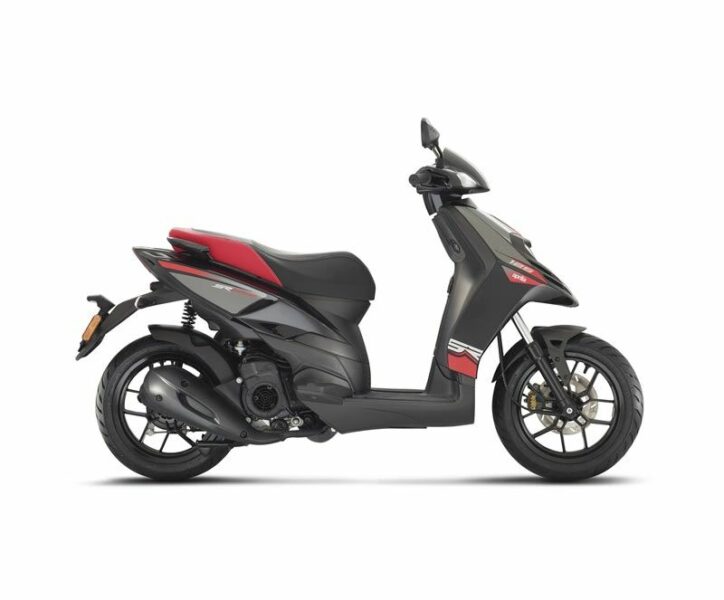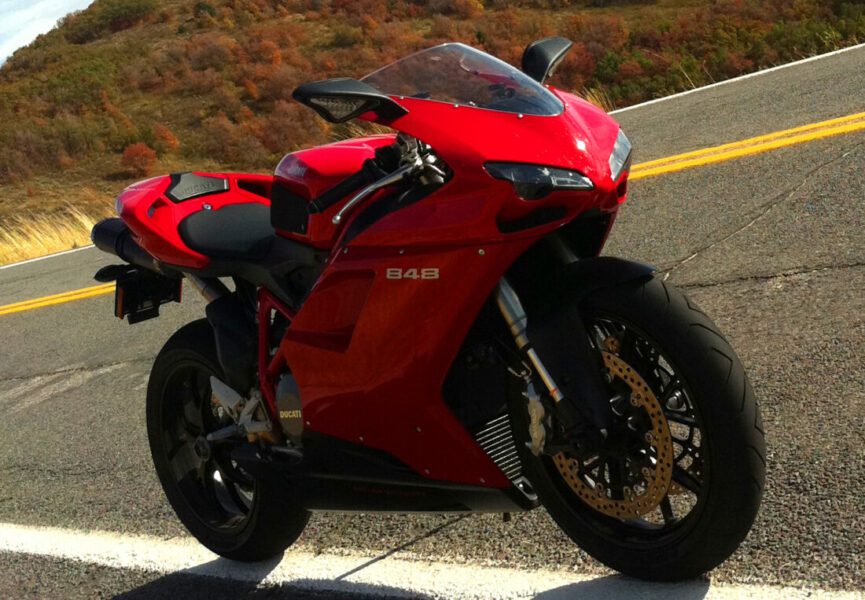
Grab. What can cause a crash?
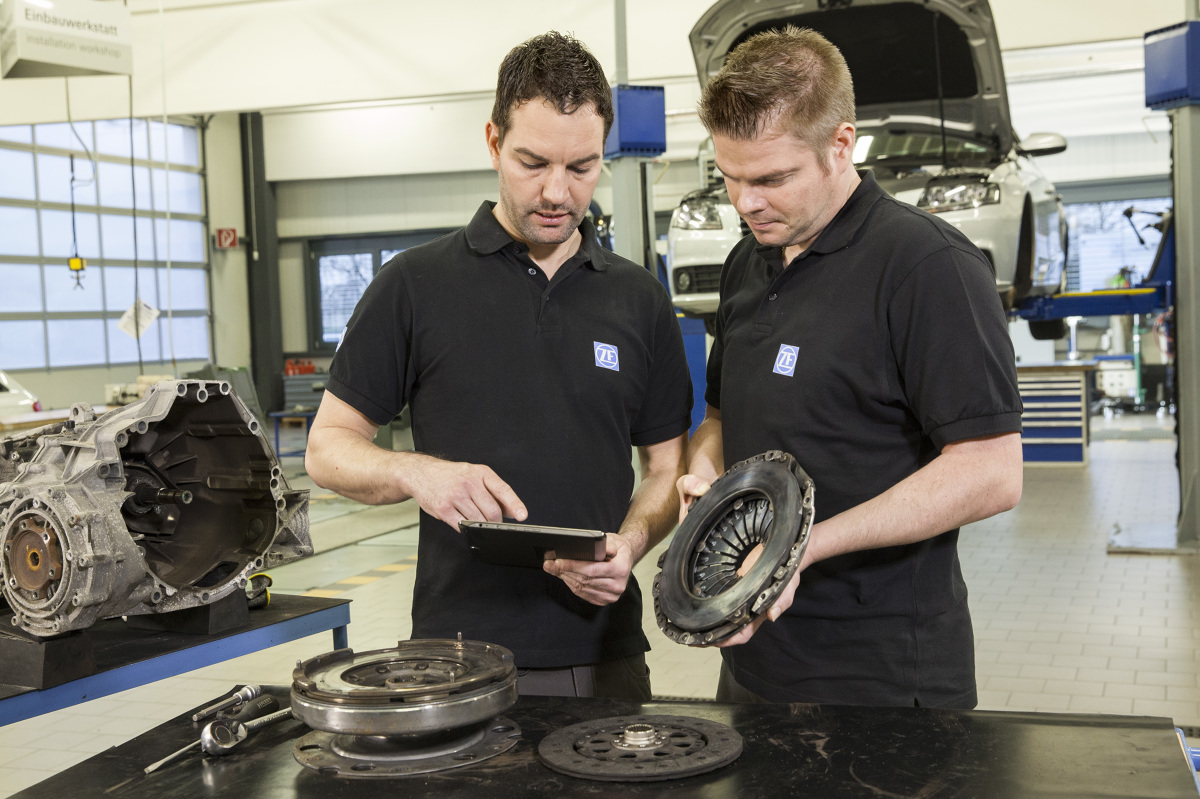 The clutch is the workhorse of a modern car. Positioned between the engine and gearbox, it must withstand ever greater loads resulting from ever greater torques, weights and power of vehicles. Experts recommend that drivers visit workshops even when they notice a seemingly minor problem, such as a decrease in power at start-up.
The clutch is the workhorse of a modern car. Positioned between the engine and gearbox, it must withstand ever greater loads resulting from ever greater torques, weights and power of vehicles. Experts recommend that drivers visit workshops even when they notice a seemingly minor problem, such as a decrease in power at start-up.
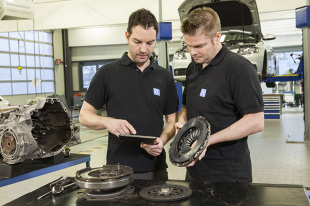 Over the past ten years, the average engine power of modern passenger cars has increased from 90 to 103 kW. The torque of diesel engines has increased even more. At present, 400 Nm is nothing special. At the same time, the mass of the car over the same period increased by an average of 50 kilograms. All of these changes put more and more stress on the clutch system, which is responsible for transferring power between the engine and gearbox. In addition, ZF Services observed another phenomenon: “Because of the higher engine power, many drivers are unaware of the weight of the trailer they are towing. Even if their powerful SUV is capable of pulling a two-ton trailer over rough roads, such driving puts a strain on the clutch kit.”
Over the past ten years, the average engine power of modern passenger cars has increased from 90 to 103 kW. The torque of diesel engines has increased even more. At present, 400 Nm is nothing special. At the same time, the mass of the car over the same period increased by an average of 50 kilograms. All of these changes put more and more stress on the clutch system, which is responsible for transferring power between the engine and gearbox. In addition, ZF Services observed another phenomenon: “Because of the higher engine power, many drivers are unaware of the weight of the trailer they are towing. Even if their powerful SUV is capable of pulling a two-ton trailer over rough roads, such driving puts a strain on the clutch kit.”
For this reason, damage to the clutch system is not uncommon. What often at first glance seems like a minor problem, such as jerky start-ups, can quickly turn into a costly repair. The clutch can be damaged if it is constantly subjected to excessive loads, such as when towing a heavy trailer. Friction between the clutch disc and the clutch cover or flywheel due to excessive load can cause hot spots. These hot spots increase the risk of cracking the friction surfaces of the clutch mold plate and flywheel and damaging the clutch disc surface. In addition, hot spots can cause DMF failure because the special grease used in DMF hardens when exposed to high temperatures for a long time. In this case, the dual-mass flywheel must be replaced.
See also: Jeremy Clarkson. Former Top Gear host apologizes to producer
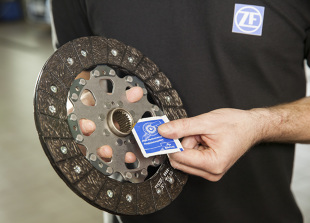 Other possible causes of clutch failure are surface lubrication or the presence of grease on the crankshaft seals and gearbox shaft. Excessive grease on the transmission shaft or pilot bearing, and leaks in the clutch hydraulic system often result in dirty or contaminated surfaces, which in turn can cause a change in friction between the clutch disc and the clutch cover or flywheel. Therefore, it is important to conduct a thorough analysis to determine the source of the problem and fix it immediately. Even trace amounts of oil or grease interfere with smooth engagement of the clutch when pulling away.
Other possible causes of clutch failure are surface lubrication or the presence of grease on the crankshaft seals and gearbox shaft. Excessive grease on the transmission shaft or pilot bearing, and leaks in the clutch hydraulic system often result in dirty or contaminated surfaces, which in turn can cause a change in friction between the clutch disc and the clutch cover or flywheel. Therefore, it is important to conduct a thorough analysis to determine the source of the problem and fix it immediately. Even trace amounts of oil or grease interfere with smooth engagement of the clutch when pulling away.
When replacing a clutch, it is important to carefully check the surrounding parts, which can prevent further damage and the need for costly repairs. Air in the system can also cause problems on vehicles with a hydraulic clutch system. Also, the reason for the change in power at start-up may be worn motor bearings or improper alignment of the motor. If the source of the problem cannot be diagnosed in close proximity, the gearbox must be removed and the clutch disassembled.
 How to avoid further problems?
How to avoid further problems?
1. The most important thing is to be completely clean. Even touching the clutch surface with oily hands can cause it to fail later.
2. The clutch hub must be properly lubricated. If too much grease is applied, centrifugal forces will cause the grease to splatter over the coupling surface, which may cause breakage.
3. Before installing the clutch disc, check it for runout.
4. To avoid damage to the splines of the hubs, do not use force when connecting the clutch disc and the transmission shaft hubs.
5. The clamping screws should be tightened according to the instructions - using a star system and an appropriate rotational force. ZF Services recommends a thorough inspection of the clutch release system and replacement of worn parts as needed. If the vehicle is equipped with a concentric pickup cylinder (CSC), it usually needs to be replaced.
When replacing the clutch, also check the surrounding parts and the area around the clutch. If any of the adjacent parts are worn or broken, they must also be replaced. Replacing such an element will prevent further costly repairs.
